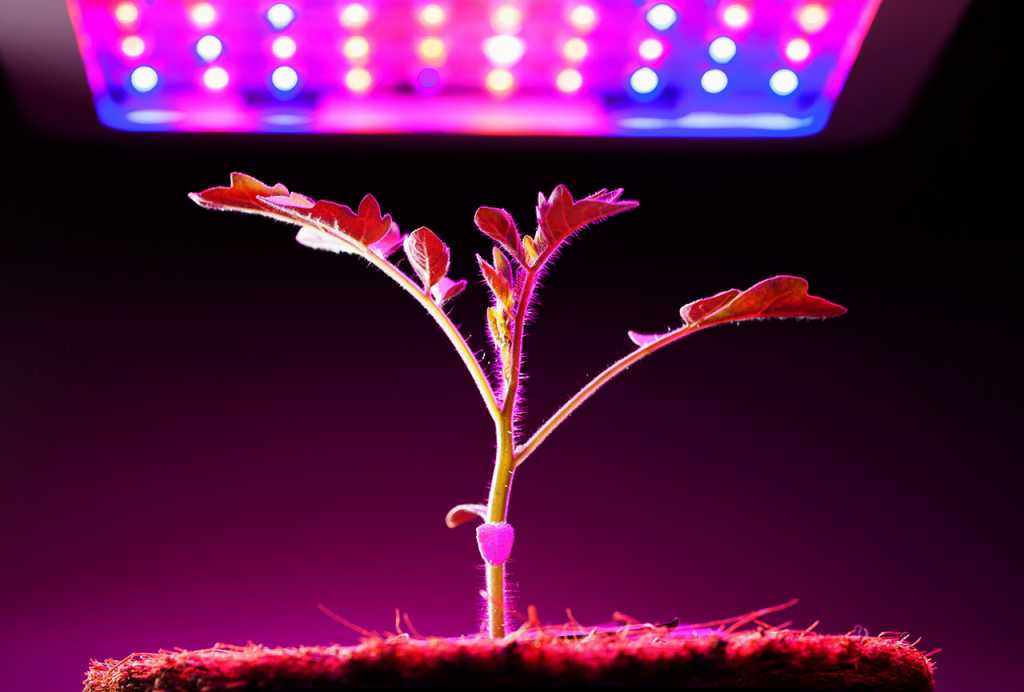
Setting up plant trials is an exciting journey, especially when you’re using LED grow lights to enhance plant growth. Whether you’re a novice or an expert, these trials can provide valuable insights into how different variables affect your plants. Here are eight tips to help you set up successful plant trials with LED lights that will maximize your results and ensure that you gather useful data.
1. Define Your Objectives Clearly
Before you dive in, it’s crucial to define what you want to achieve with your plant trials. Are you testing different LED spectra? Do you want to see how different light intensities affect growth? By having a clear objective, you can focus your efforts and ensure that your trials yield meaningful results.
2. Choose the Right LED Lights
The right lighting can make or break your trial. Consider the spectrum, intensity, and energy efficiency of the LEDs you choose. Different plants have varying light needs, so it’s essential to select LEDs that can cater to those specific requirements. For instance, some plants thrive under blue light, while others prefer red or full-spectrum lighting.
3. Select the Appropriate Plant Species
Not all plants will respond the same way to LED grow lights. Choose plant species that are known for their distinct growth patterns under artificial lighting. Whether it’s leafy greens, flowering plants, or fruit-bearing species, understanding their light requirements will significantly impact the success of your trial.
4. Set Up a Controlled Environment
Consistency is key in plant trials. Ensure that other environmental factors like temperature, humidity, and soil type are kept constant. This will help you isolate the effects of the LED lighting from other variables, allowing for a clearer interpretation of your results.
5. Use a Randomized Block Design
To reduce bias and increase the reliability of your results, consider implementing a randomized block design in your trials. This method involves grouping similar plants and randomly assigning them to different lighting treatments. By minimizing the impact of external variables, you’ll get a more accurate picture of how LED lights affect plant growth.
6. Monitor and Record Data Diligently
Data collection is crucial for understanding the outcomes of your trials. Keep track of growth rates, leaf size, color changes, and any signs of stress. Utilizing software or a simple spreadsheet can help you maintain organized records, making it easier to analyze trends and outcomes later.
7. Analyze and Interpret Your Results
After completing your trials, take the time to thoroughly analyze and interpret your data. Look for patterns and correlations between light conditions and plant growth. This will help you draw meaningful conclusions and refine your future trials.
8. Share Your Findings
Once you’ve analyzed your results, consider sharing your findings with the broader community. Whether through social media, gardening forums, or scientific publications, sharing your experiences can contribute to the knowledge base surrounding LED plant trials. Plus, you might inspire others to conduct their own trials!
Conclusion
Setting up successful plant trials with LED lights requires careful planning, execution, and analysis. By defining your objectives, choosing the right LEDs, and maintaining a controlled environment, you can significantly enhance your research outcomes. Remember, the key is in the details, and by following these tips, you’ll be well on your way to uncovering valuable insights about plant growth.
FAQs
1. What types of plants are best for LED trials?
Choose plants with well-known light requirements, such as leafy greens, herbs, or flowering plants.
2. How can I measure the light intensity of my LEDs?
Use a light meter specifically designed for horticultural applications to ensure accurate measurements.
3. Is it necessary to control temperature and humidity during trials?
Yes, maintaining consistent environmental conditions is essential for isolating the effects of LED lighting.
4. Can I use different LED brands in the same trial?
While it’s possible, it’s better to use the same brand to avoid variability in light output and efficiency.
5. How often should I record my data during the trial?
Regular intervals, such as weekly or bi-weekly, are recommended to track growth progress effectively.
Write a comment ...